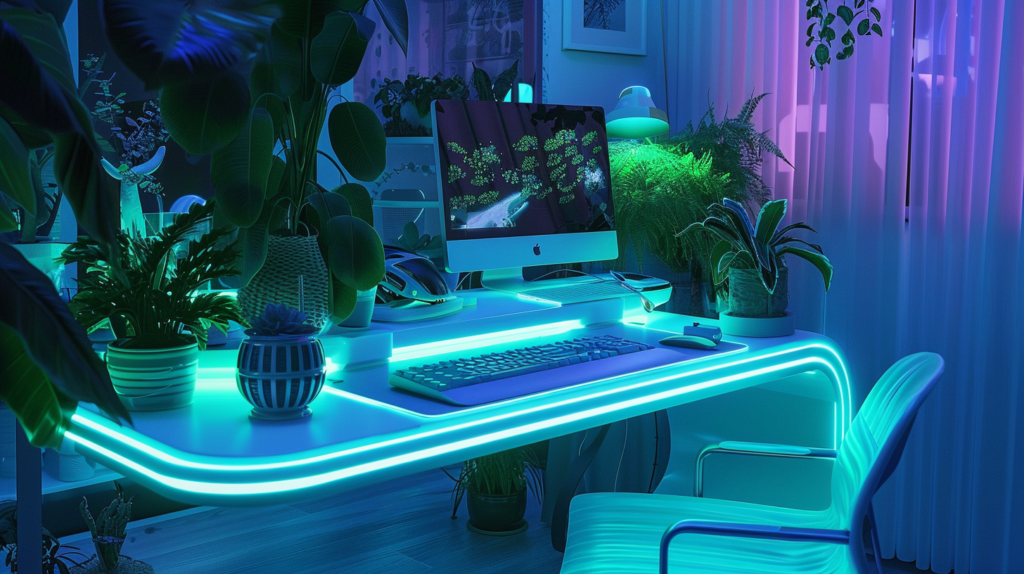
Alright, buckle up, folks. It’s time to discuss the next big thing in the user experience design world: Brainwave-Driven UI Design. Yes, you read that correctly. The future isn’t a matter of touch, sight, or voice. It’s all in your head, literally and figuratively.
Brainwave-Driven UI Design, an exciting frontier in intuitive design, is turning the tables on traditional user experience methods. In simple terms, it’s a technique utilizing your brainwaves (yes, those electric signals in your gray matter) to navigate user interfaces. It’s like the next level of communication that makes telepathy seem less like science fiction and more like a science project.
Before you start to think we’re going off the deep end, let’s take a step back. At its core, the purpose of Brainwave-Driven UI Design is to establish a seamless connection between human thought and digital response. We’re talking about cutting out the middleman (the keyboard or the touchscreen, in this case) and allowing users to interact with devices directly through their brainwaves.
This kind of technology has the potential to revolutionize the field of user interface design. Remember when touchscreens were considered groundbreaking? Well, Brainwave-Driven UI Design is poised to make touchscreens look like an ancient relic. It’s not just about being hands-free; it’s about becoming device-free.
What does this mean for UX designers? Well, aside from the existential crisis of considering whether you’re now a neuroscientist, there’s a lot to think about. Designing for Brainwave-Driven UI means rethinking our approach to user interaction entirely. We’ll have to consider cognitive load, mental states, and even emotional responses in a whole new light.
However, let’s not get ahead of ourselves. Brainwave-Driven UI Design is still in its infancy, and there are numerous challenges to overcome. For starters, accurately interpreting brainwaves is not as straightforward as ABC. It’s more like trying to understand an alien language while blindfolded and hanging upside down. It’s complex, to say the least.
Moreover, there’s the issue of privacy. Do users really want to broadcast their brainwaves, potentially revealing their innermost thoughts and feelings? It’s a question that needs careful deliberation. That, and the minor fact that humans might not appreciate a device literally reading their minds.
Despite these challenges, the potential benefits of Brainwave-Driven UI Design are hard to ignore. Imagine the possibilities for people with physical disabilities, who could interact with technology on a level playing field. Or consider the sheer convenience for the everyday user: no more fumbling with unwieldy devices or shouting at unresponsive voice assistants.
In conclusion, Brainwave-Driven UI Design is a fascinating new frontier in intuitive design. It has the potential to redefine how we interact with technology, and though it is not without its challenges, the rewards could be monumental. So, if you’re a UX designer looking for the next big thing, it might be time to start brushing up on your neuroscience.
As we stand on the brink of this new era, one thing is certain: the future of UI design is not in our hands, but in our minds. So, let the Brainwave-Driven UI revolution begin, and let’s hope we’re all mentally prepared for it.


